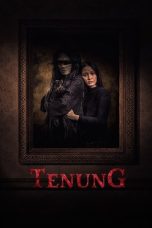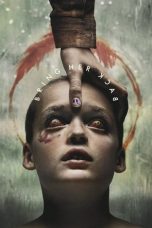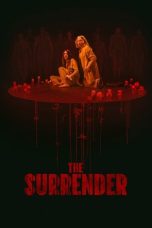Dracula (1931) Movie Review – Where to Watch Online
Dracula (1931), directed by Tod Browning and starring Bela Lugosi, is a seminal horror film that set the standard for vampire cinema. As one of the earliest sound films in the horror genre, it introduced audiences to the iconic portrayal of Count Dracula and established many of the conventions that continue to define vampire lore.
Plot Overview: The Birth of a Horror Icon
Dracula is based on Bram Stoker’s 1897 novel of the same name. The film follows the story of Count Dracula, a vampire who moves from Transylvania to London in pursuit of new victims. The plot centers around Dracula’s encounter with Renfield (Dwight Frye), a solicitor who travels to Transylvania to handle the Count’s real estate transaction in England. Upon realizing the true nature of his employer, Renfield becomes his unwitting servant.
Dracula arrives in London and becomes infatuated with Mina Seward (Helen Chandler) and her friend Lucy Weston (Frances Dade). The film details the efforts of Dr. Van Helsing (Edward Van Sloan) and others to stop Dracula’s reign of terror and save Mina from his predatory grasp.
Performances: Bela Lugosi’s Iconic Portrayal
Bela Lugosi delivers a legendary performance as Count Dracula, with his distinct accent, hypnotic gaze, and theatrical mannerisms defining the character’s portrayal. Lugosi’s interpretation of Dracula became the archetype for subsequent vampire characters in cinema and popular culture.
Dwight Frye adds to the film’s intensity with his unsettling performance as Renfield, capturing the character’s descent into madness and his eerie devotion to Dracula.
Helen Chandler and Frances Dade provide the necessary emotional contrast as the victims of Dracula’s predation, while Edward Van Sloan brings a sense of gravitas to his role as Dr. Van Helsing.
Direction and Cinematography: Classic Gothic Horror
Tod Browning directs Dracula with a focus on atmosphere and suspense. Browning’s direction emphasizes the film’s Gothic elements, creating an eerie and claustrophobic setting that enhances the horror.
The cinematography by Karl Freund is notable for its use of shadows, low-key lighting, and haunting visual compositions. Freund’s work creates a visually striking and unsettling atmosphere, contributing to the film’s lasting impact as a classic horror movie.
Themes: Immortality, Fear, and the Supernatural
Dracula explores several significant themes:
- Immortality and Eternal Life: The film delves into the concept of immortality through Dracula’s character, examining the allure and horror of living forever.
- Fear of the Unknown: The film captures the fear and dread associated with the supernatural and the unknown, reflecting societal anxieties about what lies beyond the natural world.
- Predation and Seduction: Dracula’s interactions with his victims highlight themes of predation and seduction, illustrating the vampire’s role as both a literal and metaphorical predator.
Reception and Impact: A Horror Classic
Dracula (1931) was met with significant acclaim upon its release and has since become a cornerstone of horror cinema. The film’s impact on the genre is profound, influencing countless adaptations and reinterpretations of the Dracula character. Lugosi’s portrayal remains iconic, and the film’s atmospheric style has been emulated in numerous horror films.
The film’s success helped establish Universal Pictures as a major player in the horror genre, leading to a series of successful horror films featuring classic monsters.
Where to Watch Dracula Online in 2024
For those interested in watching Dracula (1931), here are some options:
1. Streaming Services
- Amazon Prime Video: Available for streaming; check for availability in your region.
- Hulu: The film may be available on Hulu depending on regional licensing agreements.
2. Digital Rental or Purchase
- iTunes/Apple TV: Available for rental or purchase in HD.
- Google Play Movies & TV: Rent or buy in high definition.
3. DVD/Blu-ray
Dracula is available on DVD and Blu-ray, with several editions including special features such as commentary tracks, behind-the-scenes documentaries, and restored versions of the film.
Conclusion
Dracula (1931) is a seminal horror film that introduced audiences to the iconic character of Count Dracula and set the standard for vampire cinema. Directed by Tod Browning and featuring Bela Lugosi’s legendary performance, the film remains a classic example of Gothic horror. Its impact on the genre and popular culture is enduring, making it a must-watch for fans of horror and classic cinema. The film’s atmospheric direction, memorable performances, and influential style ensure its place as a timeless classic in the horror genre.

















